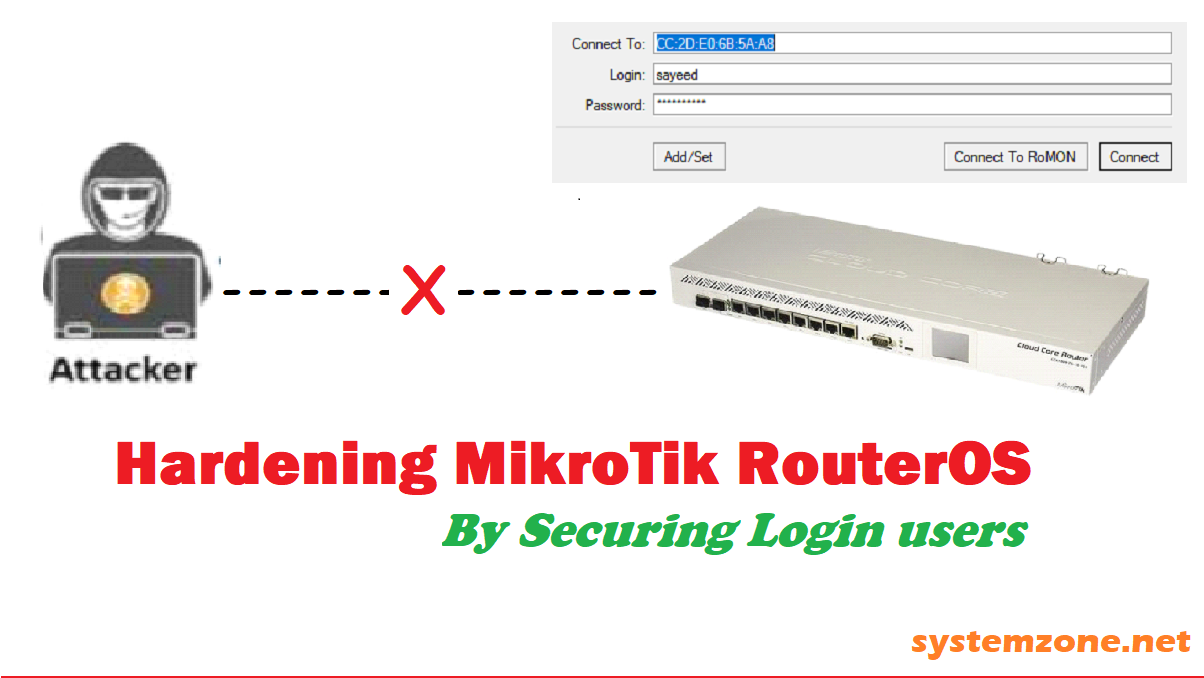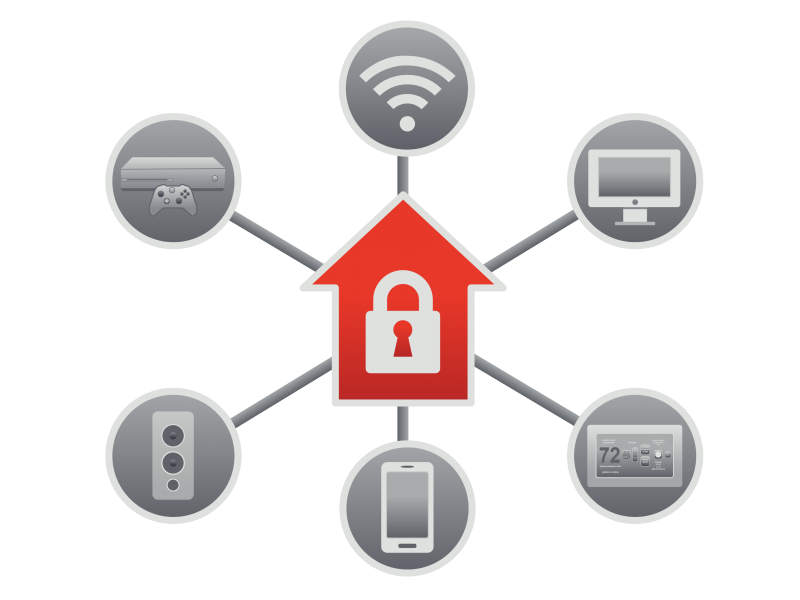Securing MikroTik RouterOS With Proxy Authentication
As we continue to rely more and more on the internet and technology, it's essential to ensure that our networks are secure. One critical component of network security is the router, and one popular router that many people use is the MikroTik RouterOS.

While the MikroTik RouterOS is highly configurable and customizable, it's important to harden it to prevent unauthorized access and protect your network from potential attacks. Here are several steps you can take to secure your MikroTik RouterOS.
1. Change the default username and password
When you set up a MikroTik RouterOS, it comes with a default username and password. It's essential to change these to prevent unauthorized access to your router. To do this, log in to your router and go to System > Password and enter a new username and password.
2. Use a strong password
When you set up your new username and password, make sure you use a strong password that includes a mix of upper and lowercase letters, numbers, and symbols. A strong password will be much harder to crack than a weak one. You can use a password manager to generate and store strong passwords.
3. Disable unused services
The MikroTik RouterOS comes with several services enabled by default. It's important to disable any services that you don't need, as they can provide potential attack vectors for hackers. To disable services, go to IP > Services and uncheck any that you don't need.
4. Restrict access to specific IP addresses
You can restrict access to your MikroTik RouterOS by specifying which IP addresses are allowed to connect to it. To do this, go to IP > Firewall and create a new rule that allows access only from the IP addresses you specify.
5. Use VPN for remote access
If you need to access your MikroTik RouterOS remotely, it's essential to use a VPN. A VPN provides a secure and encrypted connection to your router, which is much safer than a regular connection over the internet. To set up a VPN, go to PPP > Interface and create a new Interface of type VPN.
6. Use strong encryption
MikroTik RouterOS supports various encryption protocols. To ensure maximum security, use strong encryption such as AES with a strong key. You can configure encryption settings under IPsec > Proposal.
7. Keep your software up to date
MikroTik regularly releases updates to its RouterOS software. These updates include bug fixes and security patches. It's essential to keep your software up to date to ensure maximum security. To check for updates, go to System > Packages and click Check For Updates.
8. Enable HTTPS
By default, the MikroTik RouterOS uses an unencrypted HTTP connection. It's important to enable HTTPS to encrypt all communication between your web browser and the router's web interface. To enable HTTPS, go to IP > Services and create a new entry of type "www-ssl" with the appropriate certificate.
9. Use Two-Factor Authentication
Two-Factor Authentication provides an additional layer of security beyond just a username and password. With Two-Factor Authentication, you have to enter a code generated by a mobile device or other device in addition to your password. This makes it much harder for attackers to gain unauthorized access to your MikroTik RouterOS. You can enable Two-Factor Authentication under Tools > User Manager > Users.
Conclusion
Securing your MikroTik RouterOS is essential to protect your network from potential attacks. By following the steps outlined above, you can harden your router and ensure maximum security. Remember to regularly update your software and review your security settings to stay ahead of potential threats.




Post a Comment for "Securing MikroTik RouterOS With Proxy Authentication"